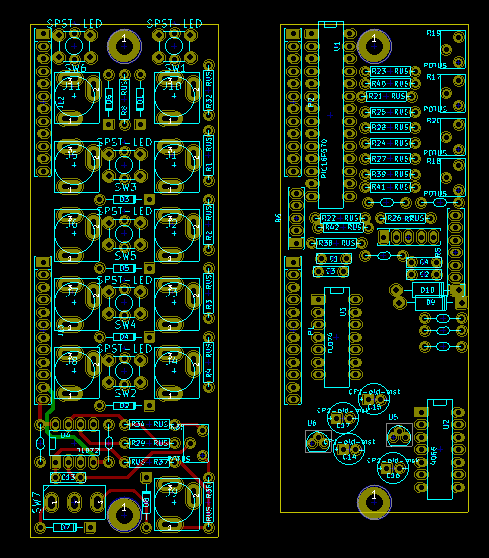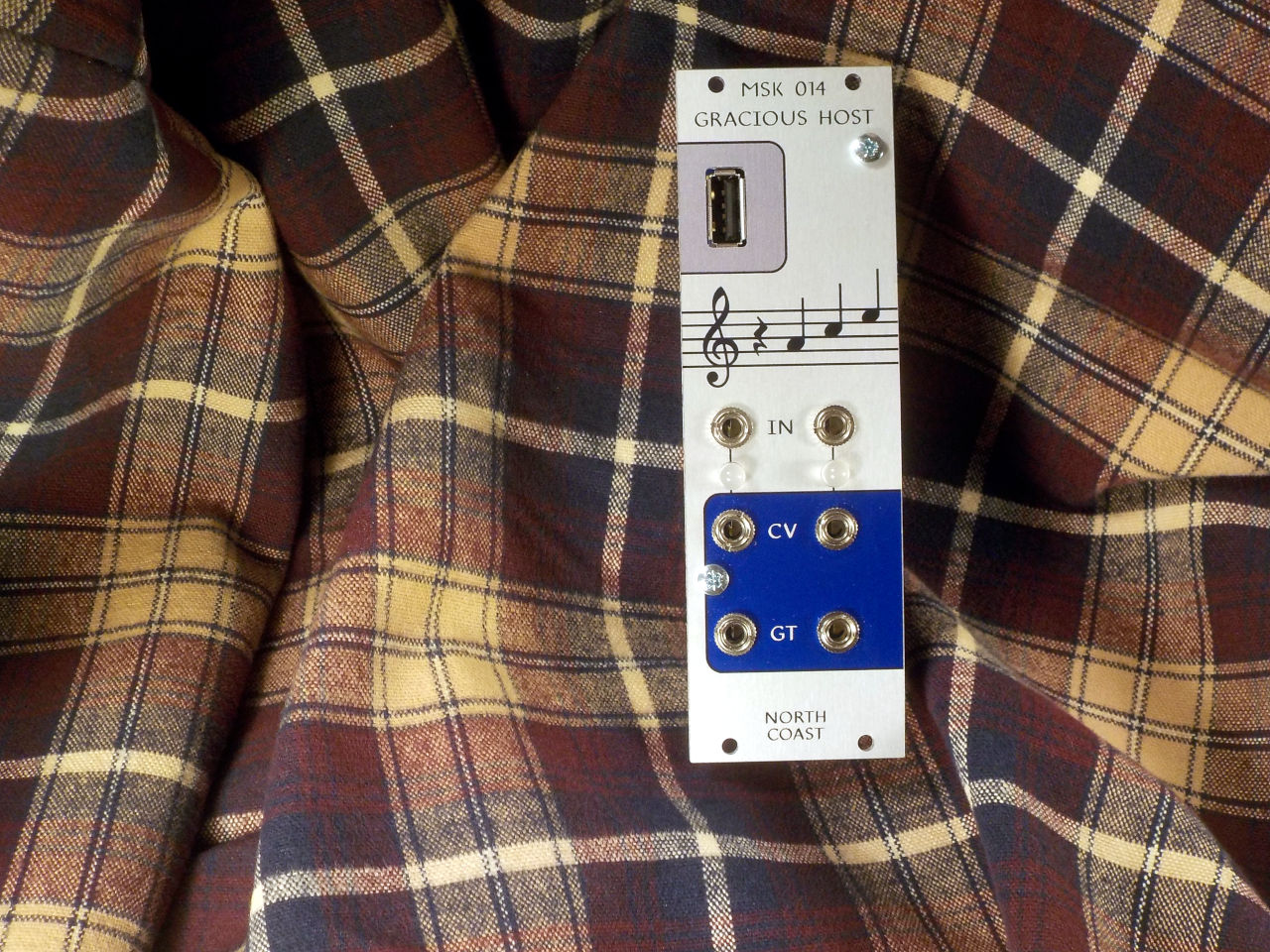State of the store
In the last couple weeks, since the storefront move, I've been busy with a lot of store and non-store issues and haven't had much time to update here. Sorry about that; here are some notes on what's going on.
Storefront
This Web site is starting to look more like what I want, but there are still a lot of things I have to fix. As I think I've mentioned before, the tools for customizing themes on this provider are all based on NodeJS, which is a toxic hellscape and working with it is a constant reminder of all the industry nonsense I wanted to go into academia in order to avoid. (It remains a plus that unlike the last one, this provider HAS a set of theme customization tools at all.) At this point I'm seriously considering actually setting up a formal bugtracker for all the nickel-and-dime items that need changing. Here are a few of my current issues. Every one of these is much harder to do than it sounds and I'm not even sure I'll be able to do all of them.
- Thumbnails on the product page: make them all display, instead of just a few at a time in a scroller thing. (Already done, actually, but I have to "push" it into "production")
- Product page layout: move the description up into the same column with the current "add to cart" controls, next to the main image and thumbnails, instead of having it be in a second two-column set after the image/add to cart block.
- To the extent possible, remove dependency on Google's servers in the case of embedded YouTube videos, and privacy checkup for these
- Currency selector: make it not switch the module format back to "fully assembled" whenever the currency changes. More consistent naming (plural/not) of currencies in the drop-down box.
- Shorter names for pages in the navigation links (e.g. "Terms" instead of "Terms and Conditions of Sale") without abbreviating the names on the actual pages
- Next article/previous article links in Web log entries
- RSS feeds (will require a writing an "app" on the backend server to talk to BigCommerce's servers through the API)
- Nicer styling of tag display on Web log entries
- Remove useless "shop by price" widget from catalog/category page, or possibly change it in some way to make it useful if I can think of a reasonable way to do that
- Web log entry comments
- Better backend processing of newsletter subscriptions, online access to these so users don't have to email me to do it manually
This Web log
I think I'm probably going to end my "intro to synthesis" series with the recent article on multiples; I'm starting to run out of things I want to write about in that stream, and I've noticed that my more technical electronics and music-theory articles (which are more work, but also more fun to write) seem to get more third-party attention, retweets, and so on. It's all about those retweets. I don't think there's much prospect of significantly increasing the "conversion rate" of this site (that is, the percentage of visitors who buy, currently a fraction of one percent) so if I'm going to get enough sales to cover costs, the way it has to happen is by getting a lot more Web site visitors, and third-party social sharing seems to be the only thing that really works for doing that. For what it's worth, my current financial projection is a loss of a few hundred dollars for the quarter ending this month; last quarter I came within $10 of breaking even, but I've never actually broken even, and I need that to become consistently a few thousand dollars profit every quarter if I'm going to be able to run the business much longer and hope to live on it.
So, some new topics coming up that I hope people will want to share on their social media:
- adventures in the import/export business (declarations and paperwork, dealing with Chinese business culture, etc.)
- how to get started in synth DIY (tools, equipment, supplies, learning resources, and pitfalls)
- intro to digital sound (bit depth, sampling rates, lossy compression)
- ragtime and how to write it
- maybe just post some more of my own music, with "liner notes" (appealing because it gives me an excuse to spend more time playing with my own synthesizers instead of building them for other people...)
If you're interested in my writings on other topics (not synthesizers and the synth business), you might like to know that I maintain a personal Web site where I occasionally post stuff of interest.
New modules
The MSK 012 Transistor ADSR is achingly close to release. I still have to put some finishing touches on the manual, and take some boudoir photos of finished units for this Web site and to include with the press release. I think one thing that hurt the Transistor Mixer was a lack of pretty pictures in the initial release. I'd hoped people would circulate my carefully-designed schematic diagram ad, but in the event that actually only happened on the Japanese side, while English-language media used less-than-ideal photos scraped off of my storefront. So, nicer photos for the new module are on the to-do list. Watch for them, and actual availability of module in the storefront, probably next week.
As for what's next? I'm not sure. The Transistor Mixer was supposed to be part of a new emphasis on smaller, cheaper modules that might appeal to those unwilling to take the leap, pun intended, into getting one of my larger modules. But its sales have been disappointing, and suggest that going for smaller, cheaper modules may not be a good plan after all. I guess we'll see how the Transistor ADSR goes upon its release.
People have, for a long time, been talking about how they wish they could buy modules for "song structure," and it feels like that might be a worthwhile space to get into. The problem, though, is that nobody seems to actually know what such a module would do (and that is no doubt why nobody's making one). So in the last few days I've been thinking a bit about what such a module might be like, and even (because this is how my creative process works) sketching out a possible design for one in a fair bit of detail.

The idea would be that this is basically four analog switches, which can be turned on and off either with pushbuttons per channel or by feeding in clock/reset pulses which cause it to step through different patterns in a predetermined sequence (likely selection of counter mode/clock division; Gray Code; or shift register/Klee). How that relates to "song structure" is that in different sections of a song, you usually have different voices or tracks that come in or out. So you set up your different voices or tracks, and then (either under control of a slow divided clock, or by manually punching the button) to trigger the module at the end of each section to mute or unmute the different tracks. As bonus features, there's a built-in mixer of all currently-selected tracks (as well as their each being available on individual outputs) and it does zero-crossing detection to bring tracks in and out with as little "click" as possible. There is some overlap with what the Mutable Frames does, but my module would be smaller and cheaper. As I play with the idea I've been coming up with other ways of patching and using it, too. It seems like a reasonably good take on "song structure" in a way that would be consistent with the kinds of modules I like to build.
However, this would need to be a microcontroller-based module (you can see the long skinny microcontroller package on that screenshot above) and it'd be my first such. That means dropping a few hundred dollars on microcontroller development tools just to get in the door, as well as possibly making the module distasteful to some customers who want pure analog-only electronics (though this one would remain entirely analog in its signal path, using the microcontroller only for the tasks it's good at). Given my history with control-type modules I'm not sure how many I could really sell or whether it's worth pushing further.
Another direction to consider, since "sound generator" modules seem to be perceived as cool, might be some kind of VCO. I'd want to have a distinctly different take on it from just being another basic analog VCO, but there are many possibilities for that.
◀ PREV Modular synthesis intro, part 14: Multiples || Walking the hypercube NEXT ▶
